Description
You’ll love this no-prep Hot Weather Lesson, jam-packed with ready-to-use worksheets. This mini-lesson will teach your students how to dress appropriately for hot weather and determine whether everyday items are hot or cold. They will be looking for ten differences in similar images. Sort animals into hot and cold habitats and practice writing skills with the prompt “When it’s hot animals…”.
The teacher and caregiver guides contain additional activities for this mini-lesson. These hot-weather activities are perfect for the classroom or at home. The sign language anchor wall chart will help your students learn and remember vocabulary. The ASL Dictionary link will help you feel more confident when signing.
Included in the Hot Weather Lesson
- Teacher’s Guide
- Caregiver’s guide
- 8×10″ ASL Anchor Wall Chart
- Identify hot weather clothing.
- Is it hot or cold?
- Animal Habitat – cold vs. hot sorting.
- Spot 10 differences
- “When it’s hot, animals…” writing prompt
- ASL Dictionary link
Five reasons to include ASL in your next hot weather station.
- Creates connections and bonds.
- Enhances spatial reasoning.
- Improves the ability to recognize nonverbal actions.
- Enhance your reaction time and peripheral vision.
- Long-term cognitive advantages.
Common Core
- CCSS.RF.K.1– Demonstrate understanding of the organization and basic features of print.
- CCSS.RI.K.7 – With prompting and support, describe the relationship between illustrations and the text in which they appear (e.g., what person, place, thing, or idea in the text an illustration depicts).
- CCSS.SL.K.5 – Add drawings or other visual displays to descriptions as desired to provide additional detail.
- CCSS.CCRA.R.7 – Integrate and evaluate content presented in diverse media and formats, including visually and quantitatively, as well as in words.
- CCSS.L.K.5a – Sort common objects into categories (e.g., shapes, foods) to gain a sense of the concepts the categories represent.
- NGSSK-ESS3-1 Use a model to represent the relationship between the needs of different plants or animals (including humans) and the places they live. Examples of relationships could include that deer eat buds and leaves, therefore, they usually live in forested areas; and, grasses need sunlight so they often grow in meadows. Plants, animals, and their surroundings make up a system.
- NGSS2-LS4-1 Make observations of plants and animals to compare the diversity of life in different habitats. Emphasis is on the diversity of living things in each of a variety of different habitats. Assessment does not include specific animal and plant names in specific habitats.
5-Day Weather Challenge
Teach Weather in the Classroom the Fun Way with English and Sign Language. Wondering where to start? This five-part training provides step-by-step guidance and ASL PDF resources to help you succeed.
Learn more here! Weather in the Classroom
👉🏿 Additional Resources 👈🏻
Collect more Weather fun here.
ASL Boom™️ Cards here.
Sign Language Books on Amazon here.
Subscribe to our YouTube channel.
Sign Language in the Classroom: Quick Guide here.
Love this product? Explore Membership Options Here!

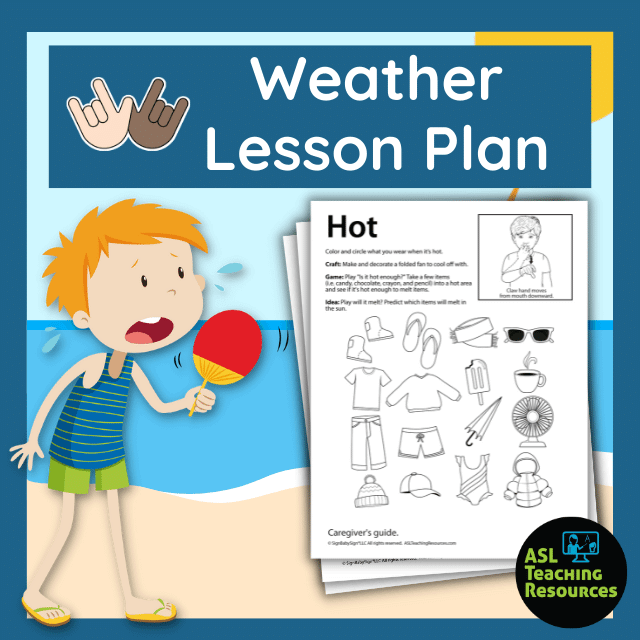
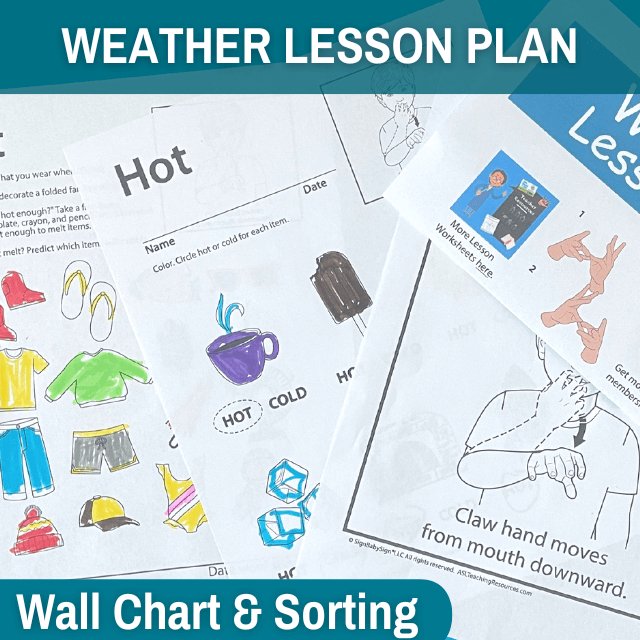
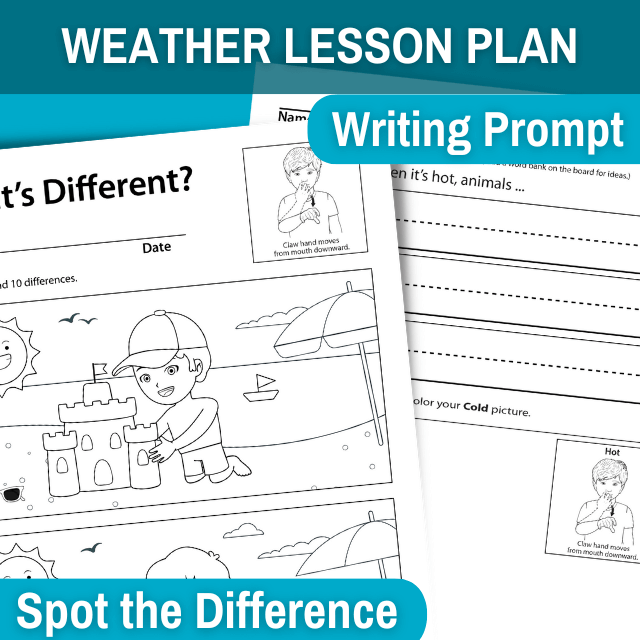
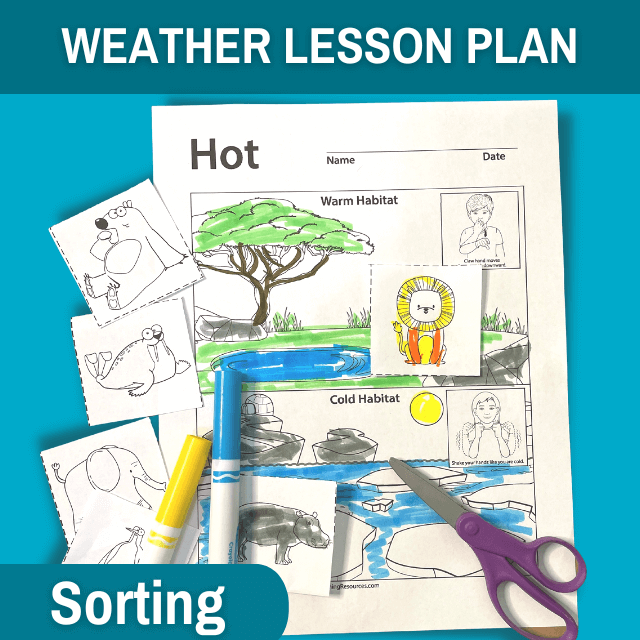



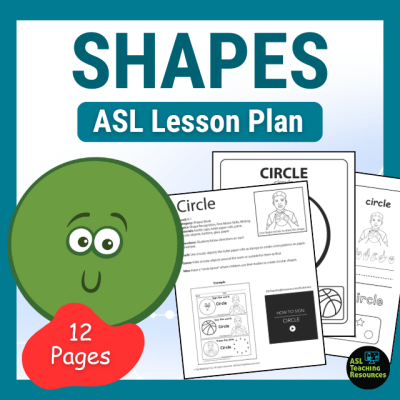

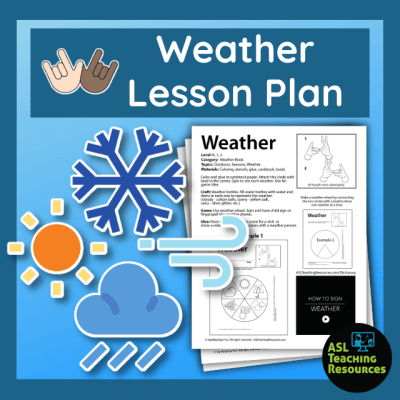
Reviews
There are no reviews yet.